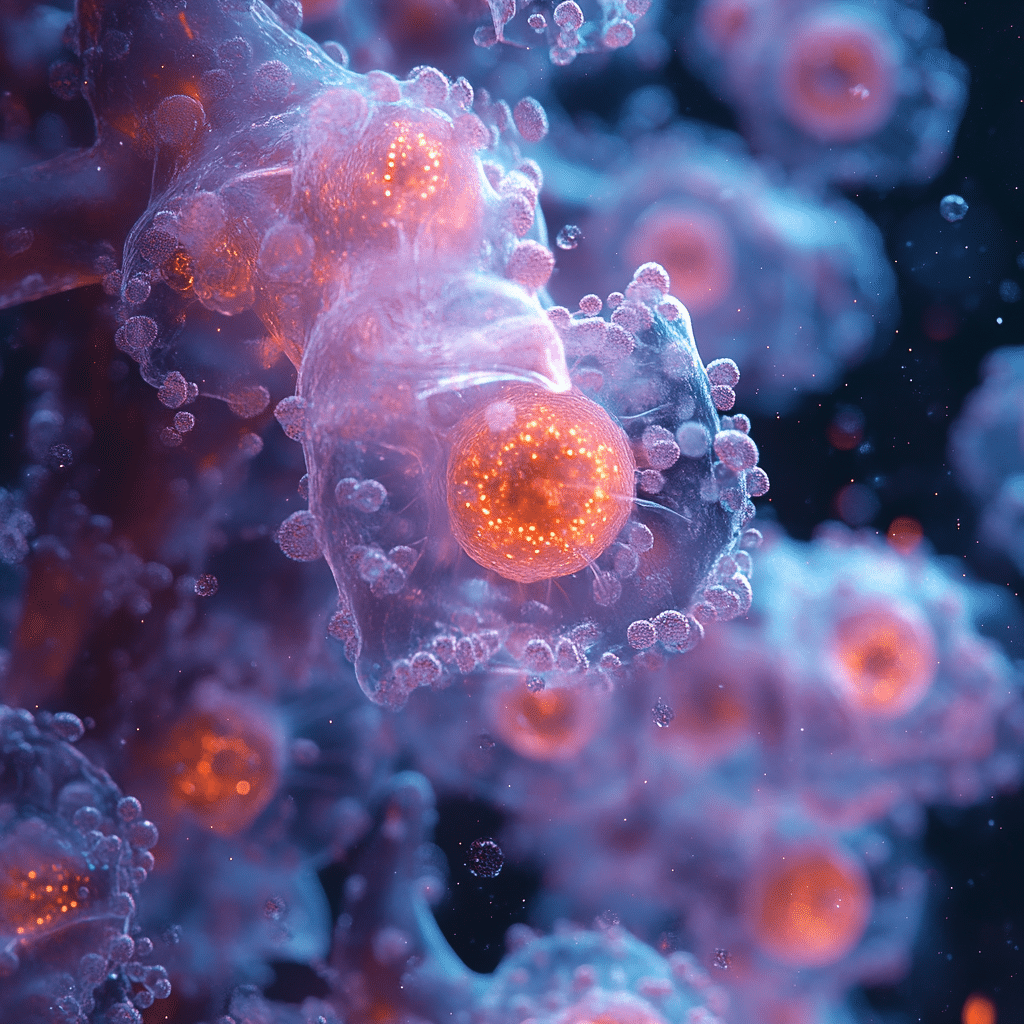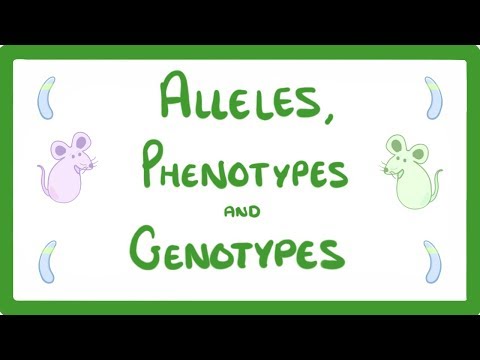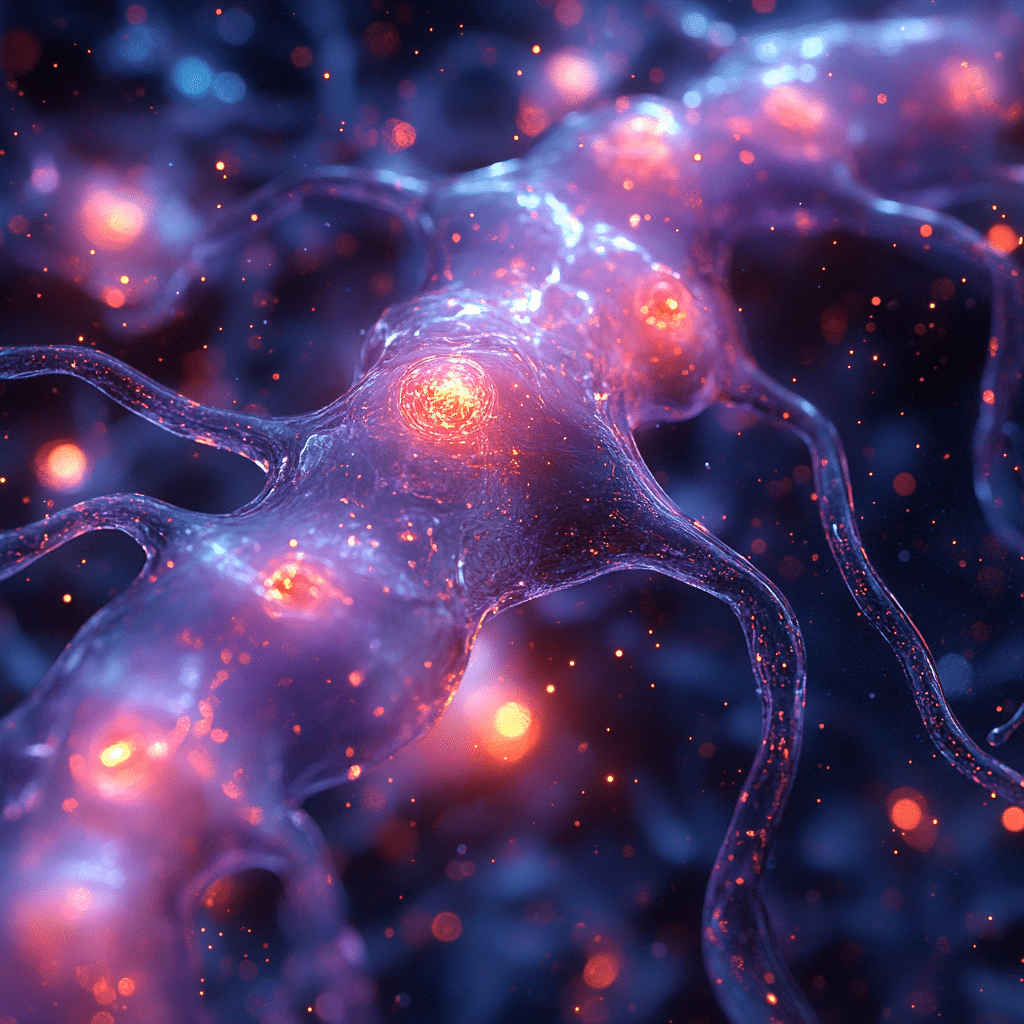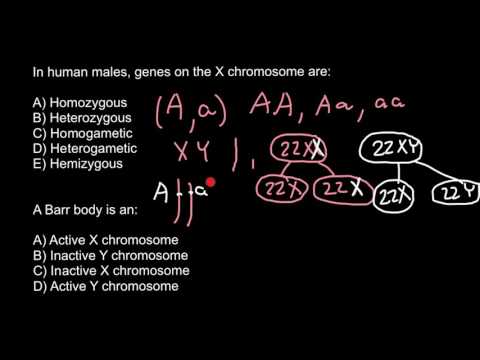Understanding the heterozygous definition is essential for anyone looking to dive into the world of genetics. So, what does it mean to be heterozygous? This term describes an organism that possesses two different alleles for a particular gene, laying the groundwork for genetic variation. This genetic diversity helps organisms adapt and evolve, making heterozygosity a crucial concept in the field of biology. In contrast, individuals with the same alleles are termed homozygous, which can be either homozygous dominant or homozygous recessive, significantly impacting their traits and overall fitness.

Understanding the Heterozygous Definition and Its Significance
Heterozygous individuals create a fascinating landscape in genetics that promotes resilience and adaptability. Through the lens of fitness and evolution, this diversity presents various pathways for survival. For instance, an organism with a heterozygous genotype may exhibit traits that enhance its ability to thrive in changing environments, which is crucial as we face more significant ecological challenges today.
When we analyze the way genetic traits influence health and performance, the heterozygous state proves vital. Think about elite athletes or bodybuilders striving for peak performance. Their genetic variations can impact everything from muscle mass to recovery capabilities. Just like reaching your fitness goals, understanding your genetic makeup can be the key to unlocking your potential.

The Top 5 Examples of Heterozygous Traits in Nature
Heterozygosity shines when we consider individuals with one sickle cell allele and one normal allele. These individuals have a unique advantage: they’re resistant to malaria while usually not displaying the more severe symptoms of sickle cell disease. It’s a classic example of natural selection at its finest!
Many people carry the CFTR allele that can lead to cystic fibrosis without even knowing it. Here, one mutated allele and one normal allele create a heterozygous state that helps balance the presence of this genetic trait in the population, underscoring how heterozygosity can keep some diseases from dominating health outcomes.
Let’s take a trip back to Gregory Mendel’s classic pea plant experiments. Mendel found that plants with the heterozygous genotype (Rr) for flower color produced purple flowers, a dominant trait. This proved that not all genetic traits are expressed the same way, reinforcing the power of being heterozygous.
Take the infamous Queen Victoria, who is noted for carrying the gene for hemophilia. Her heterozygous status meant she could pass this condition to her descendants—a stark reminder of how powerful genetic traits can travel through family lineages.
Breeds like Labrador Retrievers are perfect examples of heterozygous traits in action. A Lab may be yellow, chocolate, or black, depending on its specific genetic makeup. This variety reflects how heterozygous genes contribute to the broad diversity seen in domesticated animals today.

The Role of Homologous Chromosomes in Heterozygous Conditions
Homologous chromosomes are where the action happens when it comes to heterozygosity. These are pairs of chromosomes that hold the same genes but can feature different alleles. During meiosis, a nifty process of cell division, crossover events allow these chromosomes to exchange genetic material. This process heightens heterozygosity, boosting genetic variation across generations.
With this improved understanding, it’s easier to see why many researchers advocate for protecting genetic diversity. Just as we’re careful to manage our diets and physical training for optimal health, we must also recognize the role of genetics in broader ecosystems.

Heterozygous vs. Homozygous: The Lifelines of Evolution
The more diverse a population’s genetics, the better equipped it is to adapt to changes. This adaptability is starkly shown in species like the peppered moth, which adjusted to environmental shifts due to varied genetic backgrounds. Talk about surviving and thriving!
Studies reveal that populations with higher levels of heterozygosity often resist diseases more effectively. The heterozygous advantage displayed in sickle cell populations showcases how essential genetic variation is for health outcomes.
In agriculture and animal breeding, maintaining heterozygosity can significantly boost traits like disease resistance and overall productivity. Understanding the heterozygous definition is an essential tool for making strategic breeding decisions.

Enhanced Understanding of Heterozygous Genetics
Delving deeper into the heterozygous definition opens a treasure trove of insights into health practices and strategies for conservation. Genetic diversity not only enhances resilience but also creates unique opportunities for innovation, especially when we consider how those might align with technology like CRISPR.
The implications of heterozygous research touch everything from improving human health to conserving wildlife. By safeguarding genetic diversity, we can better manage the risks posed by climate change and other environmental factors.
The Future of Heterozygous Research
Upcoming biotechnological advancements continue to generate excitement regarding heterozygosity’s potential. For instance, targeted genetic modifications using CRISPR could harness heterozygous traits to enhance crops or even address specific genetic disorders in humans. The constant advancements in our understanding of genetics pave the road for revolutionary changes across multiple disciplines.
By drilling down into the heterozygous condition, we can reshape our strategies in health, conservation, and evolution. Diving into the heterozygous definition offers not just academic knowledge, but practical applications that may redefine our future. As genetic research accelerates, allowing for breakthroughs in agriculture and environmental management, knowing how to wield biodiversity could be the game-changer that leads us to a better tomorrow.
Many of us strive for physical excellence, and while hitting the gym hard is essential, don’t forget the larger picture that includes your genetic foundation. Embracing your unique genetic gifts, whether they are heterozygous or homozygous, can set the stage for a truly shredded body. Just like every weightlift contributes to your goals, every ounce of understanding how genetics work contributes to realizing the potential of not just yourself but the species as a whole!
If you’re curious to learn more about nutrition and fitness trends, check out our articles on alfalfa Sprouts for healthy eating and Exercises For plantar Fasciitis to keep you in top shape. And don’t forget to stay informed about your overall health, including keeping up with the Symptoms Of West Nile virus—knowledge is power!
Get inspired, push yourself, and always remember that the science of genetics is part of the incredible journey of self-improvement. Keep forging ahead, and you’ve got the potential to look and feel phenomenal!
Heterozygous Definition: Fun Trivia and Interesting Facts
Understanding the Basics
Alright, let’s dive into the nitty-gritty of the heterozygous definition! In simple terms, a heterozygous organism has two different alleles for a particular gene. Think of it like having mixed flavors in your favorite ice cream cone—chocolate and vanilla come together to create something unique. This genetic variation plays a significant role in everything from physical traits to how we respond to certain diseases. Did you know that in nature, this genetic diversity can be as valuable as Chris Gardner’s impressive financial journey, with his net worth highlighting the success born from variation and opportunity?
The Fun Side of Genetics
Now here’s where it gets really interesting! The heterozygous state can also make an individual less susceptible to specific health issues. For instance, individuals who are heterozygous for the sickle cell trait have some protection against malaria. This evolutionary advantage reminds us of how biology can be quite clever! Speaking of cleverness, did you know Maureen Bradys journey through sports and life showcases the adaptability and resilience central to understanding genetics? Just like the right eyewear—like Pair eyewear—can be game-changers in visibility, heterozygosity can enhance our survival chances in changing environments.
Implications in Everyday Life
Did you ever consider how the concept of heterozygosity isn’t just confined to the lab? It pops up in our daily lives too! For example, it can inform breeding strategies in agriculture, leading to healthier crops. Not to mention, the genetics of pets can also benefit from this knowledge, helping breeders produce healthier animals. And to keep things light, if you’ve ever experienced earwax build-up, professionals often recommend removal techniques that might feel as nuanced as genetic therapy! Just as our individual health varies in complexity, many people have shared stories like how gabapentin ruined My life, reminding us of the delicate balance of genetics in personal health outcomes.
In short, the heterozygous definition is not just a buzzword in textbooks; it reflects rich and intricate biological stories. So next time you hear about genetics, whether from a casual chat or a Yung Bratz cover, remember that each allele, like every note in music, combines to create something remarkable!



























